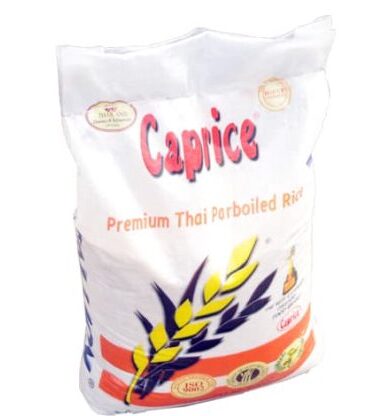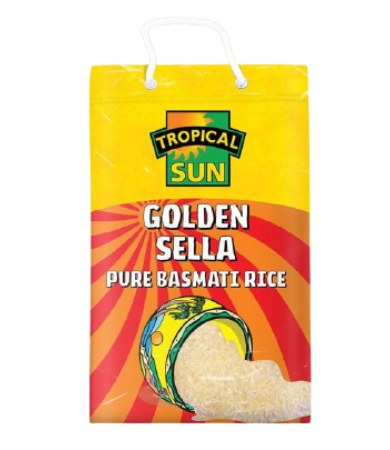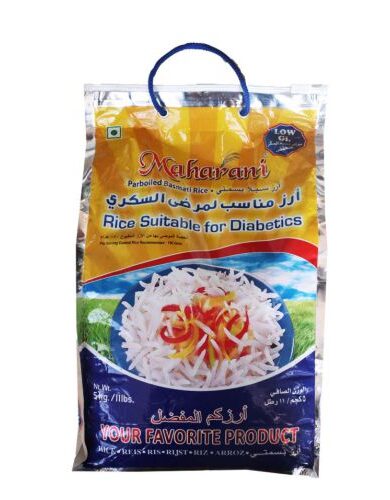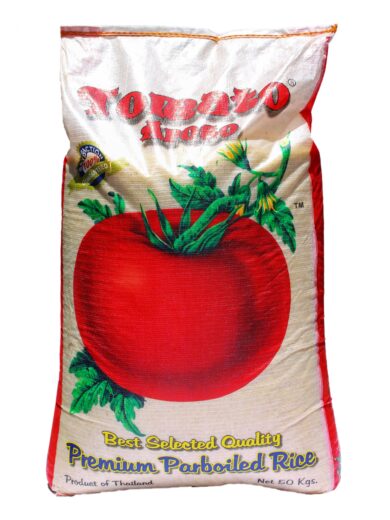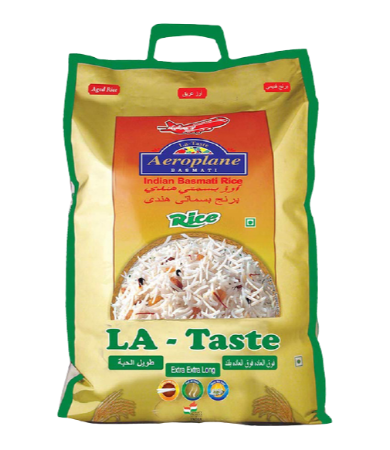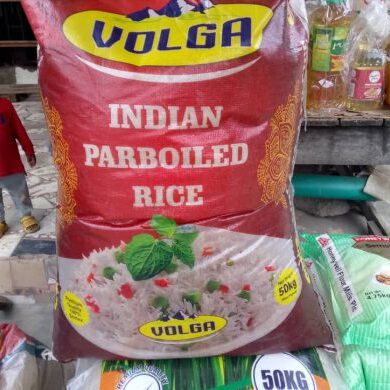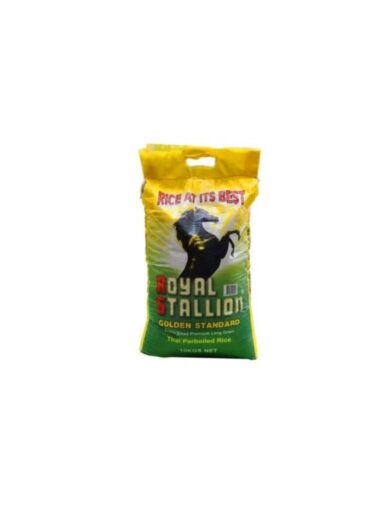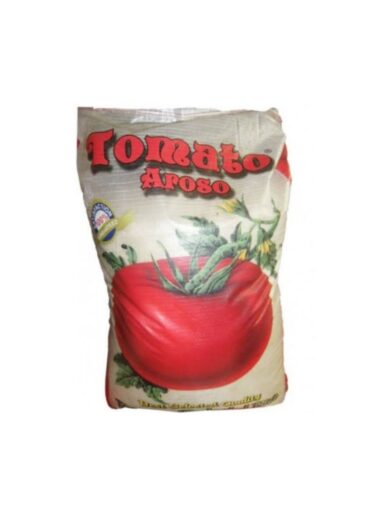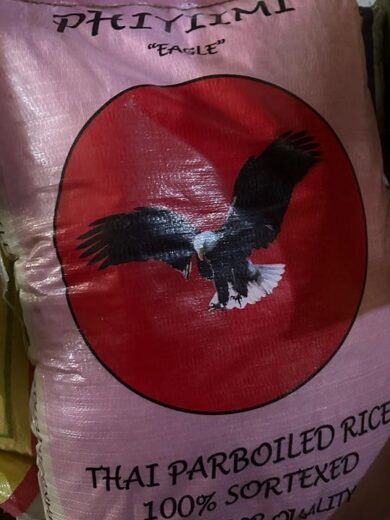Foreign rice is a type of rice that is imported from other countries and is popular in many parts of the world. It is a sub-category of rice and can include a wide range of rice varieties from different parts of the world. To better understand this sub-category of rice, we can consider the following framework:
Origin: Foreign rice can come from various countries, including Thailand, Vietnam, India, Pakistan, China, and others. Each country has its own unique variety of rice that is grown in its specific climatic conditions.
Texture: Foreign rice can have a different texture compared to local rice varieties. For example, Thai Jasmine rice is known for its fragrant and sticky texture, while Basmati rice from India is long-grained and fluffy.
Flavor: Different foreign rice varieties have their own unique flavor profile. For example, Japanese sushi rice is slightly sweet and tangy, while Indian Basmati rice has a nutty flavor and aroma.
Cooking Method: Depending on the variety of foreign rice, the cooking method may differ. Some rice varieties may require soaking before cooking, while others may need a different water-to-rice ratio or cooking time.
Nutritional Value: Foreign rice varieties may have different nutritional values compared to local rice varieties. For example, Basmati rice is known for its low glycemic index, which makes it a good option for people with diabetes.
Cost: The cost of foreign rice can vary depending on the country of origin, availability, and demand. In some cases, foreign rice may be more expensive compared to local varieties.
In conclusion, foreign rice is a sub-category of rice that includes a variety of rice types from different countries. Each variety has its own unique characteristics, including origin, texture, flavor, cooking method, nutritional value, and cost. By understanding these factors, consumers can make informed decisions when selecting and cooking foreign rice.
Showing all 20 resultsSorted by popularity


